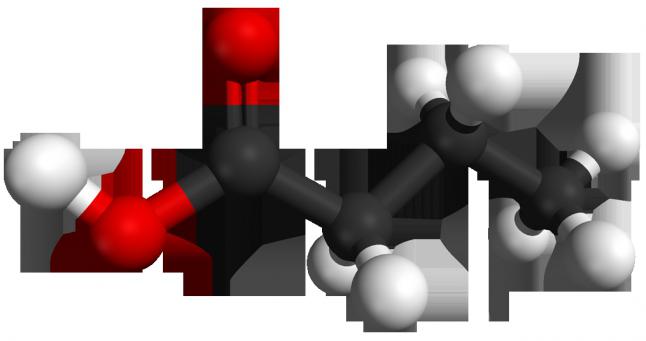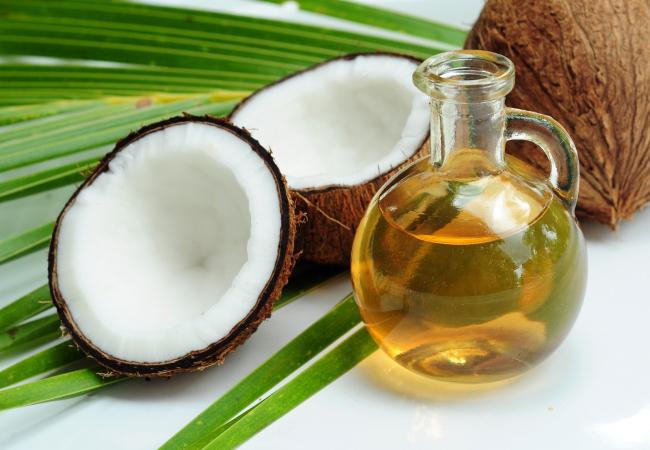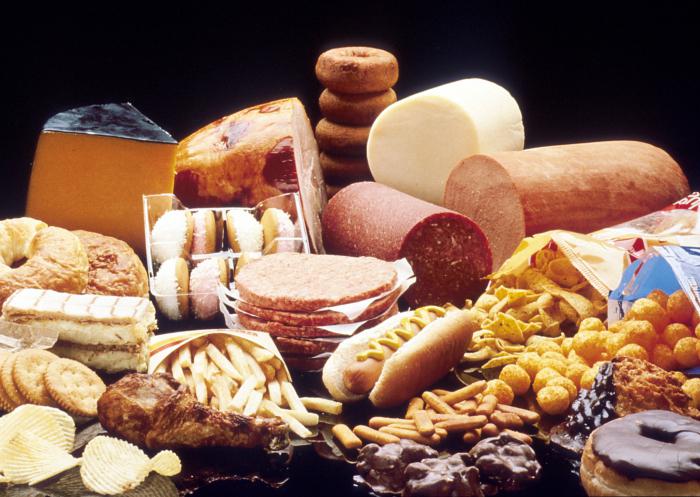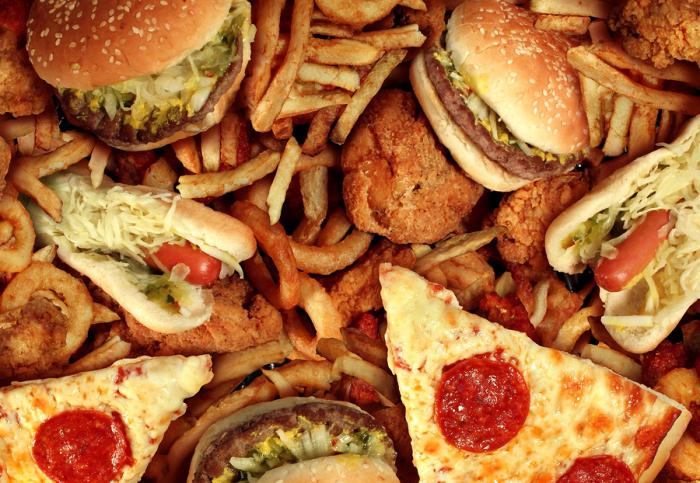This topic has gained its popularity relatively recently - since when mankind began to strive hard for harmony. It was then that they started talking about the benefits and harms of fats. Researchers classify them on the basis of a chemical formula based on the presence of double bonds. The presence or absence of the latter allows the separation of fatty acids into two large groups: unsaturated and saturated.

A lot has been written about the properties of each of them, and it is believed that the first refers to healthy fats, but the second is not. To unequivocally confirm the truth of this conclusion or to refute it is fundamentally wrong. Any natural element is important for the full development of man. In other words, let's try to figure out what the benefits are and whether there is any harm from eating saturated fatty acids.
Features of the chemical formula
If you approach in the aspect of their molecular structure, then the right step would be to turn to science for help. First, remembering the chemistry, we note that fatty acids are essentially hydrocarbon compounds, and their atomic structure is formed in the form of a chain. The second is that carbon atoms are tetravalent. And at the end of the chain they are bound to three particles of hydrogen and one carbon. In the middle, they are surrounded by two carbon and hydrogen atoms. As you can see, the chain is completely filled - there is no way to attach at least one more hydrogen particle.

The saturated fatty acid formula is best represented. These are substances whose molecules are a carbon chain, in their chemical structure they are simpler than other fats and contain a pair of carbon atoms. They get their name on the basis of a system of saturated hydrocarbons with a certain chain length. The formula in general:
CH3- (CH2) n-COOH
Some properties of these compounds are characterized by such an indicator as the melting point. They are also divided into types: high molecular weight and low molecular weight. The former have a solid consistency, the latter have a liquid, the higher the molar mass, the higher the temperature at which they melt.
Saturated fatty acids are also called monobasic, due to the fact that in their structure there are no double bonds between adjacent carbon atoms. This leads to the fact that their reactivity decreases - it is more difficult for the human body to split them, and, accordingly, more energy is spent on this process.
Characteristics
The most striking representative and, perhaps, the most famous saturated fatty acid is palmitic, or, as it is also called, hexadecanoic. Its molecule includes 16 carbon atoms (C16: 0) and not a single double bond. About 30–35 percent of it is contained in human lipids. This is one of the main types of saturated acids found in bacteria. It is also present in the fats of various animals and a number of plants, for example, in the notorious palm oil.

A large number of carbon atoms is characterized by stearic and arachinic saturated fatty acids, the formulas of which include 18 and 20, respectively. The first is found in large quantities in lamb fat - here it can be up to 30%, it is also present in vegetable oils - about 10%. Peanut, or - in accordance with its systematic name - eicosan, is found in butter and peanut butter.
All these substances are high molecular weight compounds and are solid in their consistency.
Saturated Products
Today, without them, it is difficult to imagine modern cuisine. Limit fatty acids are found in foods of both animal and plant origin. However, comparing their content in both groups, it should be noted that in the first case, their percentage is higher than in the second.

The list of products containing large amounts of saturated fats includes all meat products: pork, beef, lamb and various types of poultry. A group of dairy products also boasts their availability: ice cream, sour cream, butter, and milk itself can also be attributed here. Limit fats are also found in certain types of vegetable oils: palm and coconut.
A bit about artificial products
The “achievement” of the modern nutrition industry, such as trans fats, also belongs to the group of saturated fatty acids. They are obtained by hydrogenation of vegetable oils. The essence of the process is that liquid vegetable oil is actively exposed to hydrogen gas under pressure and at temperatures up to 200 degrees. The result is a new product - hydrogenated, having a distorted type of molecular structure. In the natural environment, compounds of this kind are absent. The purpose of this transformation is not directed at all to the benefit of human health, but is caused by the desire to get a “convenient” solid product that improves taste, with a good texture and a long shelf life.
The role of saturated fatty acids in the functioning of the human body
The biological functions assigned to these compounds are to supply the body with energy. Their plant representatives are the raw materials used by the body to form cell membranes, as well as a source of biological substances that are actively involved in tissue regulation processes. This is especially true because of the increased risk of malignancy in recent years. Saturated fatty acids are involved in the synthesis of hormones, the absorption of vitamins and various trace elements. Reducing their consumption can negatively affect a man’s health, as they are involved in testosterone production.

Benefits or harms of saturated fats
The question of their harm remains open, since there is no direct connection with the occurrence of diseases. However, there is an assumption that with excessive use, the risk of a number of dangerous diseases increases.
What can be said in defense of fatty acids
Saturated foods have been “blamed for their involvement” in the rise in bad cholesterol levels for quite some time. Modern dietetics justified them by establishing that the presence of palmitic acid and stearic acid in dairy products in itself does not in any way affect the indicator of “bad” cholesterol. The culprits of its increase were recognized as carbohydrates. While their content is low, fatty acids do not pose any harm.
It was also found that with a decrease in carbohydrate intake while increasing the amount of “saturated foods” consumed, there is even a slight increase in the level of “good” cholesterol, which indicates their benefits.
It should be noted here that at a certain stage of human life, this type of saturated fatty acid becomes simply necessary. It is known that breast milk is rich in them and is a complete nutrition for a newborn. Therefore, for children and people with poor health, the use of such products can be beneficial.
In what cases they can do much harm
If the daily intake of carbohydrates is more than 4 grams per kilogram of body weight, then you can observe how saturated fatty acids adversely affect health. Examples confirming this fact: palmitic, which is found in meat, provokes a decrease in insulin activity, stearic, which is present in dairy products, actively contributes to the formation of subcutaneous fat deposits and negatively affects the cardiovascular system.

Here we can conclude that an increase in carbohydrate intake can transfer “saturated” foods to the category of unhealthy ones.
A delicious health hazard
Describing the “nature-produced” saturated fatty acids, the harm of which has not been proven, it is worth recalling the artificial - hydrogenated, obtained by the method of forced saturation of vegetable fats with hydrogen.

This should include margarine, which, largely due to its low cost, is actively used: in the production of various confectionery products, all kinds of semi-finished products and in public catering for cooking. The use of this product and its derivatives does not bring anything good for health. Moreover, it provokes the occurrence of such serious diseases as diabetes, cancer, coronary heart disease, and vascular obstruction.